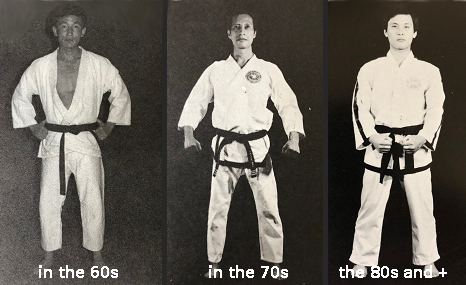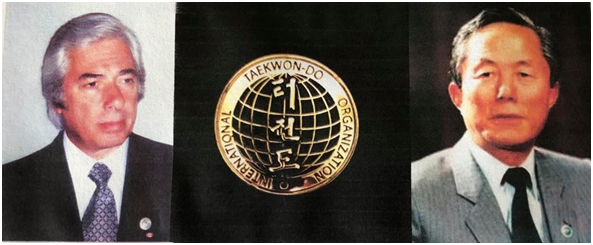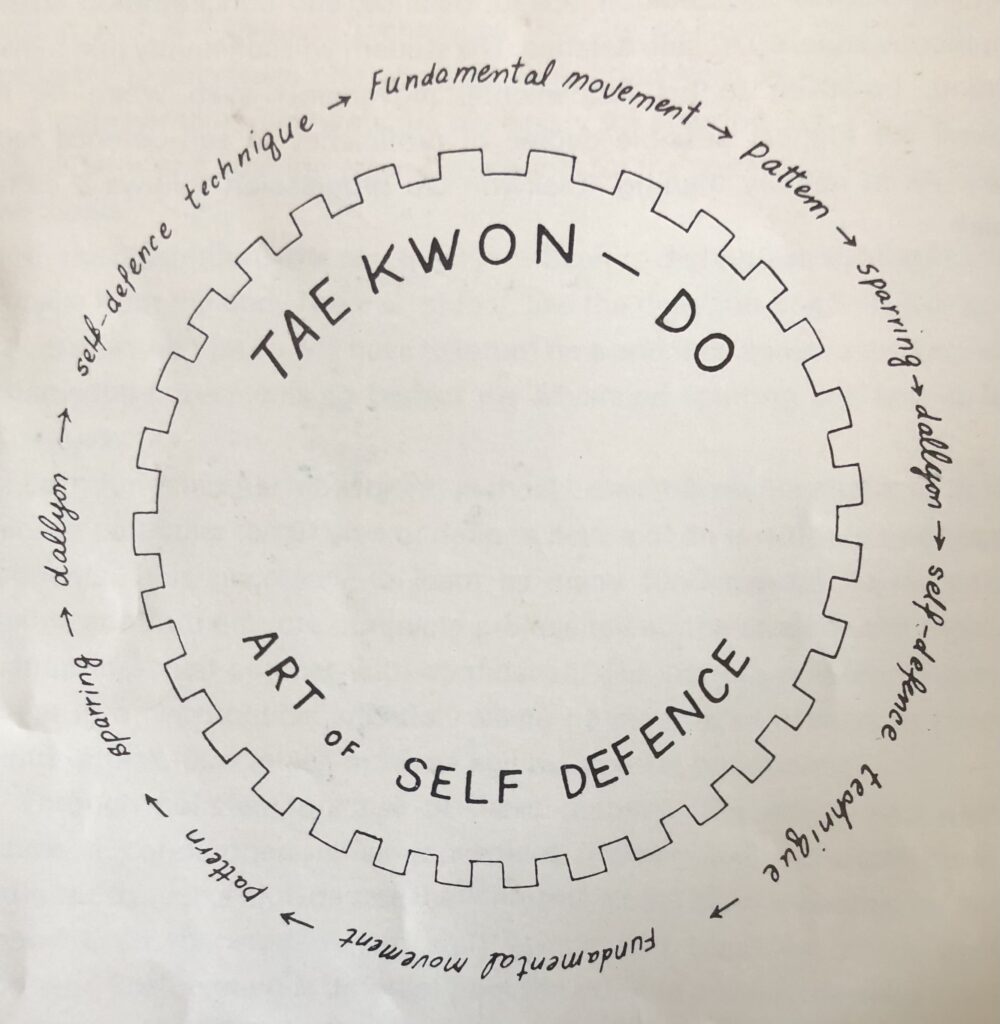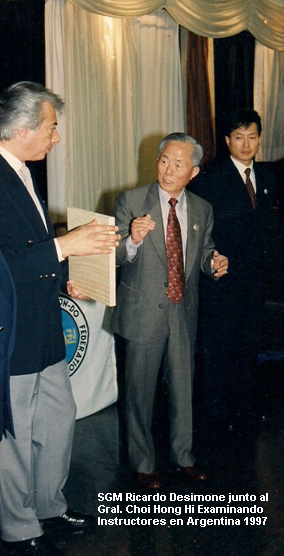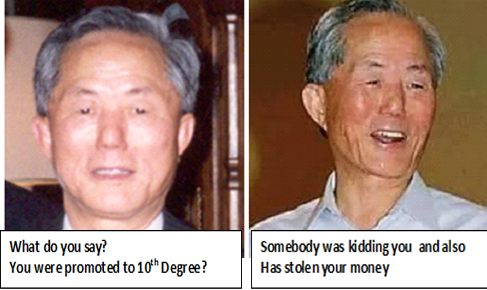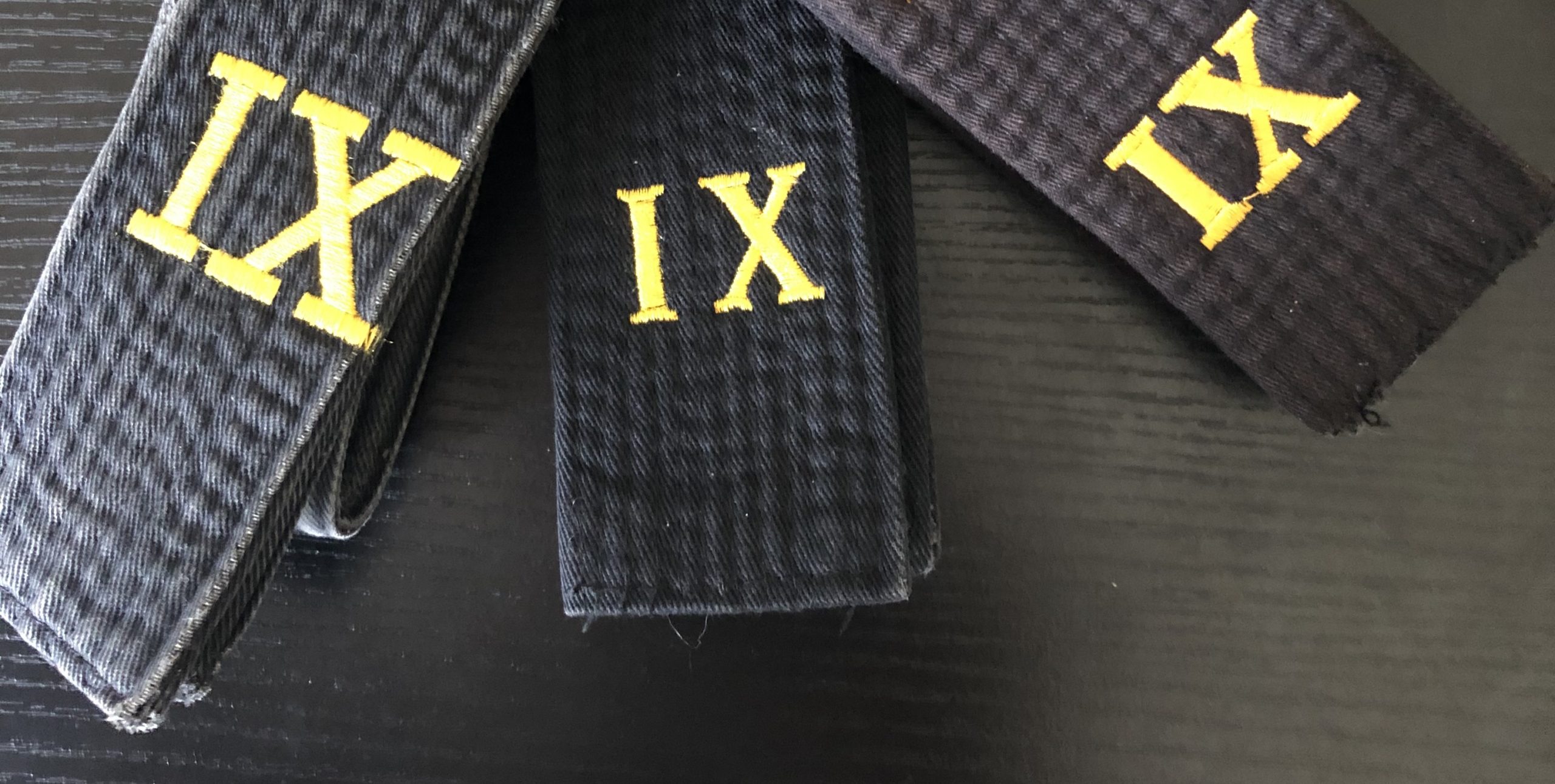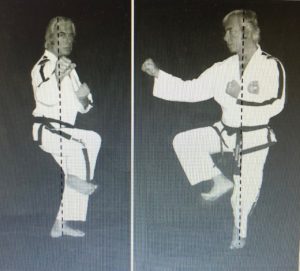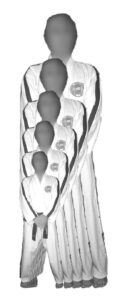
The popularity achieved in the diffusion of the martial art called Taekwon-Do, founded and systematized by General Choi Hong Hi, is really important. So important that it is considered the physical discipline that has grown the most in the last thirty years.
Such an evolution entails a series of elements that must be analyzed.
Its pedagogical system was conceived by its Founder from the beginning. Obviously many have made modifications to it, but with more sensationalist than effective achievements. The inclusion of methodologies from other contact sports allowed many distracted people to believe they had found the needle in the haystack. For those of us who have had the opportunity to evolve together with the art at a global level until the death of its Founder, it is evident that this has not had any practical use whatsoever and returning to sources has always been the best most effective solution.
Time has gone by and with it an undeniable growth in its teaching force, which due to the increase in the number of students has had to multiply to assist it. Sustained pedagogy over many years entails an undeniable growth in experience, information, and places to occupy in the profession of Degrees dedicated to instruction.
The aforementioned commitment produced Masters Promotions in the early 90’s.
These degrees were related to the training and experience of those who, both in the East and in the West, had dedicated their time to the teaching and dissemination of this Martial Art since its beginning. In the early 90’s, imagining degrees above 7th Dan was far-fetched as only a few occupied 8th Degrees.
General Choi was the only 9th Dan, which in short and until then was a symbolic number because he was the Founder and was always beyond the promotion ranking.
Time passes and with it the accumulation of the Black Belt Degrees covered all possible levels. To the point that the 9th Degree, which until just a few years ago was almost ethereal, has become so popular that it seems that today in a very short time and at any age you can be a Grand Master.
Meanwhile the federative creation of the General was represented in a single institution; there was only one set of rules to be followed by everyone.
Taking into consideration the enormous number of students who are under 14 years of age, it had already been established by regulation at that time that no one could be promoted to 2nd Dan before the age of 14 and a half.
You could not access the 3rd Dan before 17 years of age and you had to be 21 to hold the grade of 4th Dan.
This fact coincided with the legal definition of adulthood in different parts of the world.
Being 4th Dan, he had the possibility of receiving the Special Instruction to be granted the International Instructor level, a place that allowed him to test and promote categories up to the degree of 2nd Dan (that is, half of the Instructor’s hierarchy) and represent the art even outside their country of birth.
They had to stay in this grade for 4 years; therefore mathematics placed 5th Dan at a minimum of 25 years of age. Five years of education and training in this grade awaited those seeking to be promoted to 6th Dan, therefore, this places him at this grade at a minimum of 30 years of age.
Six years in this last category imposed a base age of 36 years to access the 7th degree or Master.
Seven years in that degree is the minimum required for the 8th Dan or Senior Master, which determines that whoever is in that degree will have a minimum of 43 years of age.
The maturation time in the 8th Dan to be considered a candidate for the highest category or 9th Grade is 8 years; therefore, no one accesses the degree of Grand Master with less than 51 years of age.
If you find someone in that category under that age, it is the product of some sale of cardboards or some daring god who distributes them.
It is important to understand that we are talking about minimum ages with uninterrupted practice at each of the levels and for someone who has started their practice in Taekwon-Do as a child.
Needless to say, years of age and time spent in the category do not mean an automatic promotion, but the basic time required among other requirements.
It is evident that each of these upper levels was contemplated by General Choi with evolution parameters that go beyond the calendar. Qualification, training, and national and international promotion of the art through teaching were the factors taken into account.
In other words, without having developed a School and not having promoted the art in your country, you cannot access these high degrees. If you have only been in sports competition, you do not have the experience required for these upper levels.
This means that the Instructor (4th Dan and above) is evolving theoretically and pedagogically. Training is a personal responsibility or submits to laziness.
To occupy a higher category, neither acrobatics nor sporting success is necessary, because the place to occupy does not require medals or showing that one is ethereal and unattainable.
But it is necessary to meet the conditions of an advanced category: irreproachable antecedents in all fields of the art, adequate protocol management, solid theoretical knowledge, and an appropriate basic physical training that justifies the occupied place.
The Master’s degree is not just another promotion; it is the theoretical & practical master’s degree.
You are not a Grand Master because you are an amazing kicker or have been a relevant competitor in your time, but because of your background in other important fields. But pay attention; it is not a retirement title either.
The place of Grand Master can only be occupied by those who have overcome such conditions and are deserving of the honor of such status due to their background as a person, as a practitioner, and as a teacher.
The institutional lag that cover us, and the arbitrary handling of this very important degree, has allowed the rule instituted by the Founder of the Art himself not to be taken into account and is used as a convenience. Today we have people who have been promoted to the 9th Dan with far fewer years of practice than required and with much less time of maturation among the senior categories that precede it. Is there any reason to justify it? I can think of two: economics and power.
The CV of each of the people who are going to be promoted to that place should be internationally published.
There are entities that, due to their structure, have this process regulated, however there are others of very recent creation that violate the parameters of age and minimum conditions previously mentioned and originally established.
It is determined that this maximum level can only be granted by a special committee composed of nine members with 7th Dan and above. A diploma of this level cannot be awarded by the decision of a single man (Eastern or Western), pioneer or president. If someone proceeds in this way, he does not understand the art, even though he may have been in it for 50 years; he does not understand the Founder; he is mocking the system established by him and those who have respected it; what is more, he is pretending to be a god.
The Founder of the discipline has left this regulation in writing in his Encyclopedia Vol. 1 pages 94 and 96.
Now, if your interest is in someone who can astonish you with an spectacular kick, a jump, or an amazing turn, don’t look for a Grand Master, go to a demonstration.
Senior Grand Master Ricardo Desimone
To be awarded read again the previous notes
